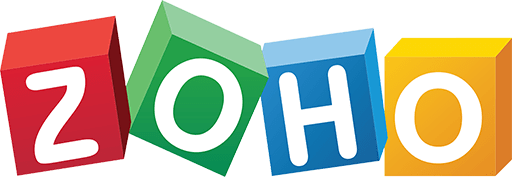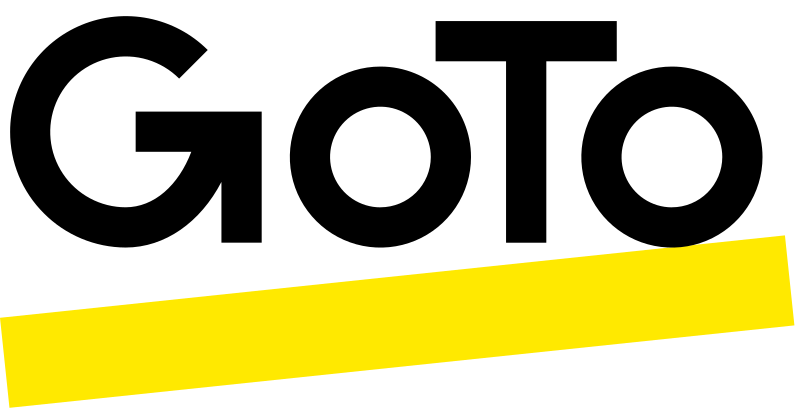ZipDo is a cloud-operated meeting notes software, redefining team dynamics by revolutionizing the processes involved in recording, arranging, and disseminating meeting notes. It offers synchronized note-taking, collective editing, and compatibility with well-liked calendars and productivity applications, making it a necessity for teams of varied sizes.
A hallmark feature of ZipDo is its synchronized note-taking capability, which ensures all team members remain aligned during meetings. This eradicates the requirement for antiquated note-passing. After a meeting concludes, team members are free to modify and expand the notes, ensuring the information stays current.
ZipDo shines in the domain of note organization as it permits easy compartmentalization into channels or folders. The feature of searchable notes augments efficiency by providing swift access to detailed information, getting rid of the need for tiresome scrolling or manual searches.
Taking into account the significance of security during information sharing, ZipDo allows for detailed access control to secure the meeting notes. Integrated with calendars, it facilitates collaborative note-making for every meeting, doing away with the need for manual input.
To sum it up, ZipDo is an easy-to-operate software that provides a plethora of vital features for escalated team productivity, collaboration, and efficient project management. Through services such as real-time note-taking, collective editing, note organization, searchability, sharing capabilities, and integrative features of calendars, it proves to be incredibly essential. This dynamic software streamlines the overall management of meetings and ensures smooth progression of projects.










